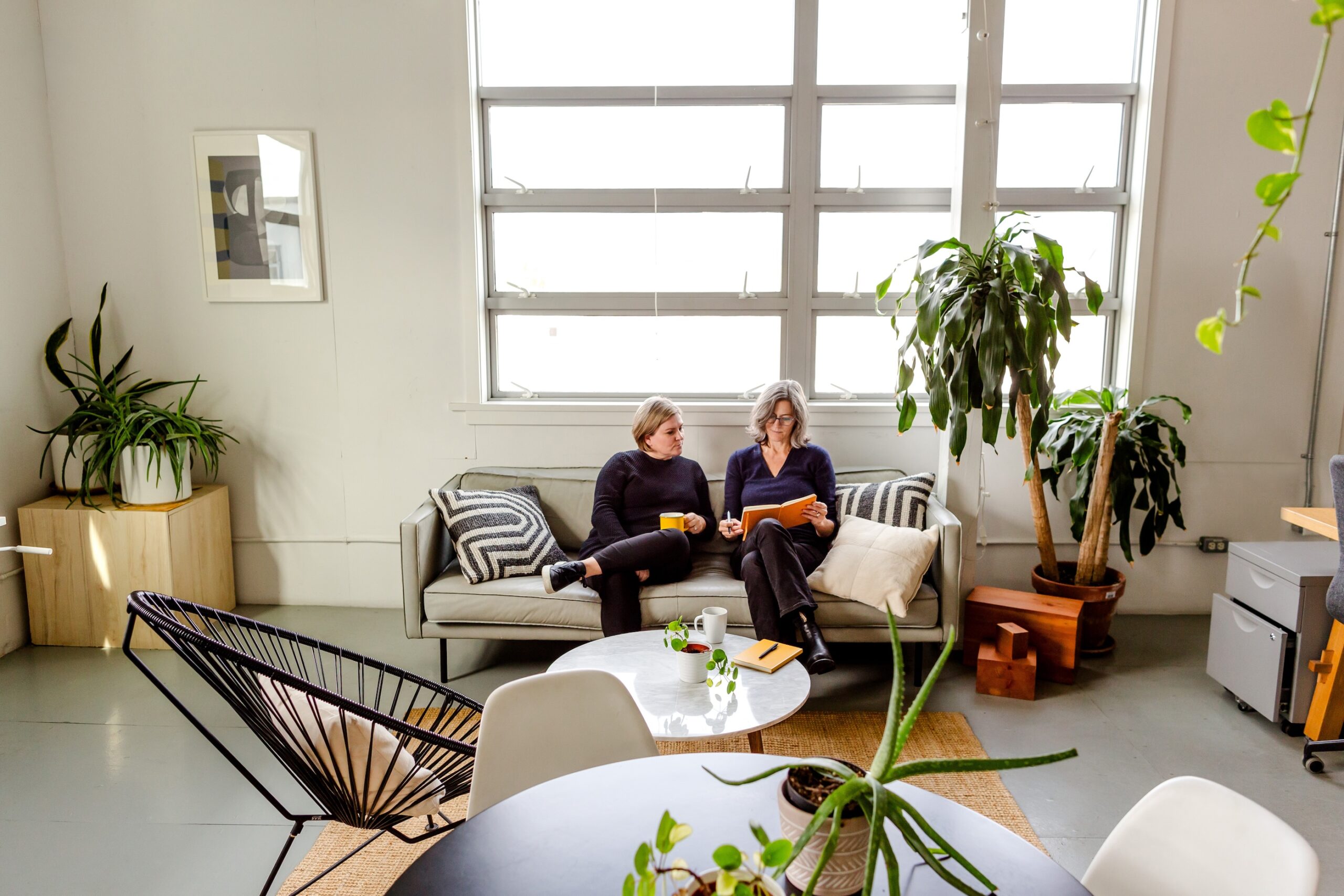When most people think about brands, they think about logos, colours, and maybe a tagline. But your brand is much more than that.
Visually, good brand design catches and keeps people’s attention, helping them to quickly and emotionally understand what your company represents. Your brand’s visual ecosystem comprises all the elements that come together to create a unique experience for your customers, regardless of where they’ve encountered your content. In this blog post, we discuss what goes into creating a visual ecosystem for your brand and some of the benefits you can expect to see.
Step One: Take Inventory of What You Currently Have
First thing’s first. Take inventory of what you have and know where it lives. This means examining all your branding materials—i.e. logos, websites, social media pages, and marketing materials—and identifying any inconsistencies. Once you’ve identified the inconsistencies, you can create new standards that will help unify your brand.
Step Two: Define Your Brand’s Values and Mission
Before you can create a visual ecosystem that supports your brand, you’ll need to define your brand values and mission. This is much easier said than done. But once you have even a draft version of your values and mission statement, you’ll have established the guiding principles that will help you make decisions about what designs to pursue and what to avoid.
Having a clear understanding of your brand’s values and mission will help you make design decisions that are true to your company and that will resonate with your customers.
Many entrepreneurs, founders and leadership teams spend months and even years getting this right—we do brand definition and brand story strategy work ourselves and know that’s true! But to get going quickly with design, we do suggest getting a start in early draft format to guide your first steps.
Step Three: Create a Style Guide (The Foundation of Your Brand’s Visual Ecosystem)
Once you have defined your brand’s values and mission (a draft version is a great start!) your next step will be to create a Style Guide. A style guide is a key component of any visual ecosystem. It’s a document that outlines all the rules for how to design your brand, from the fonts you use to colours to avoid. A style guide helps keep your branding consistent across all channels and prevents designers from making decisions that could negatively affect your brand.
You’ll need to establish design standards that everyone who works on your branding will follow. This includes not just designers, but also developers, copywriters, and anyone else who might be involved in creating or touching your content.
Some of the design elements key to your brand design include, but are not limited to:
- Logo
- Brand Colours / Colour Palette
- Typography
- Font Choice
- Illustrations
- Photos
- Icons
- Patterns
- Textures
You’ll want to gather into one place all of your branding materials and elements. This is an important step in creating a visual ecosystem that’s not only useful but accessible. Having a single resource/location for your visual ecosystem will not only make it easier for team members to create new materials, but will also make it easy for anyone involved with your content to create a consistent look and feel for the brand across all channels. By having an easy reference point, team members can make sure their posts on social media or other sites are in line with the overall branding strategy and elements used everywhere else.
Step Four: Design Missing Brand Elements
At this point—after having gathered your materials—you will know exactly what you have and what you still need to create. This is where the design process begins. Do you need a logo refresh, for example? Or a fresh icon system, or a family of illustrations that you can use for presentations? If so, you’ll want a place to add new brand assets so that they can be used in your other brand collateral.
Start by designing the elements that are missing from your brand ecosystem. This might include a new logo, illustrations, or patterns. If you’re starting from scratch, it’s helpful to create mood boards and style tiles to help you capture the look and feel you’re going for.
Once you have designed these new elements, add them to your Style Guide. Remember that your Brand Visual Ecosystem is meant to grow and evolve.
Step Five: Make Systems For Your Team
Now that you have all of the content, it’s time to design your Style Guide. Your Guide will outline all of your brand’s fonts, colours, and graphics standards.
A brand’s Style Guide should always be easy for team members to follow, as well as easy for you to add to and update. In this way, your Guide will help keep your branding consistent and usable across all marketing materials. Canva is one of the best tools to use to align your team.
Step Six: Evaluate and Iterate
Keep in mind that your ecosystem is a living document. It will need to be evaluated and iterated as your brand does. Make sure you have a system in place for updating it regularly. This could be anything from quarterly reviews to yearly check-ins.
No visual ecosystem is perfect. It’s important to be flexible and willing to make changes as needed as your company grows and changes.
Why Your Brand Needs a Visual Ecosystem
I hope that you’ve found this overview of how to create a visual ecosystem helpful. I know you’ll find that, once you have one (again, even if it’s just a rough draft, that’s a start!) you and your team will experience the many benefits. The key benefits of developing a visual ecosystem include:
- Scalability: A well-designed ecosystem will easily scale with your business as it grows
- Cohesion: A unified design language will help customers understand your brand
- Consistency: Branding materials that are designed in line with your style guide will create a consistent experience for customers
In short: once you have a solid foundation in place, it’s easy to keep your branding consistent and grow your business!
Just a fun little note. We are in the process of redesigning our own brand.
This post provides a high-level overview of how to create your visual ecosystem. If you’re looking for more information on creating a workable visual ecosystem, check out our new online course! The course walks you through the detailed steps of how to create one for your brand. Or, hey, just reach out and get in touch. Happy designing!













